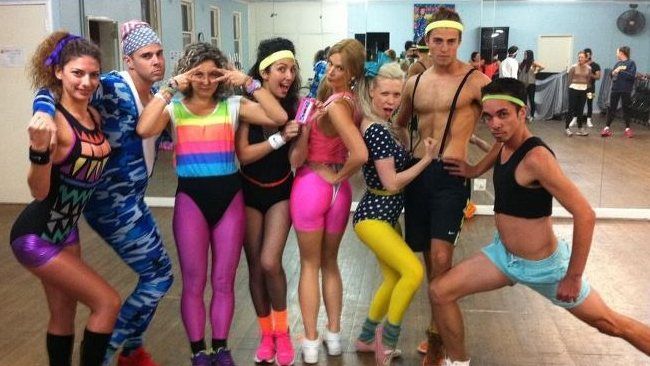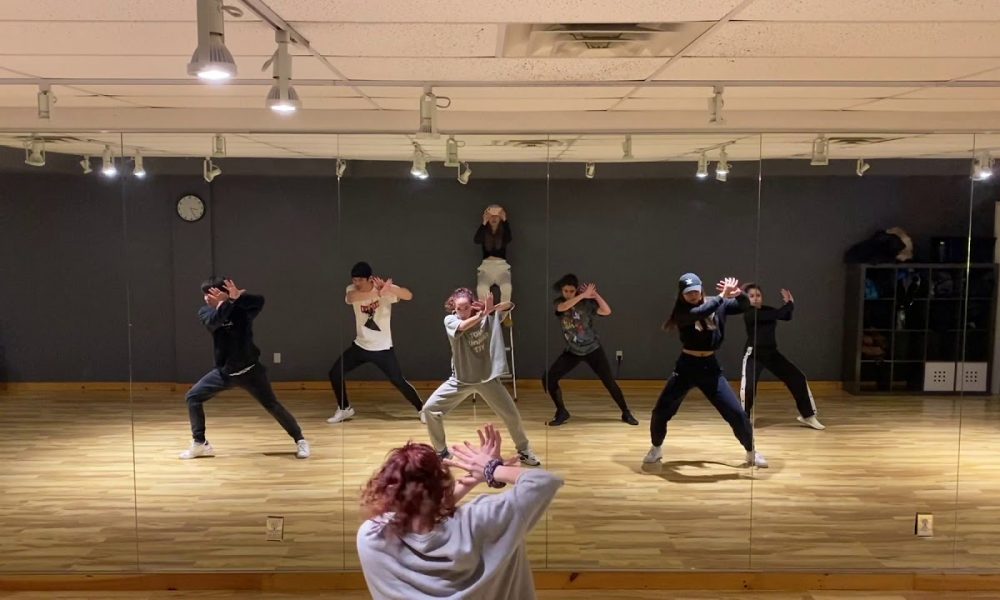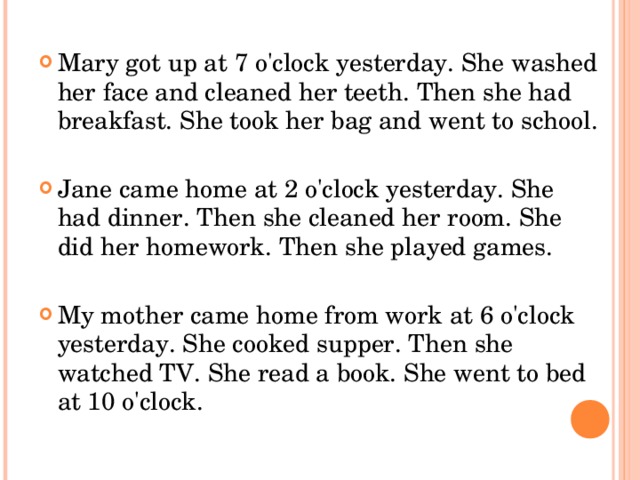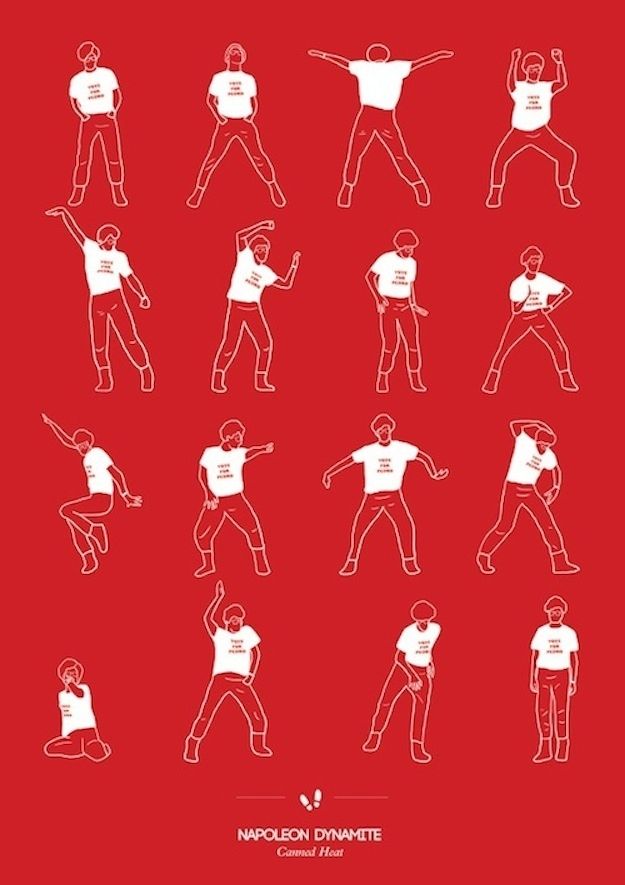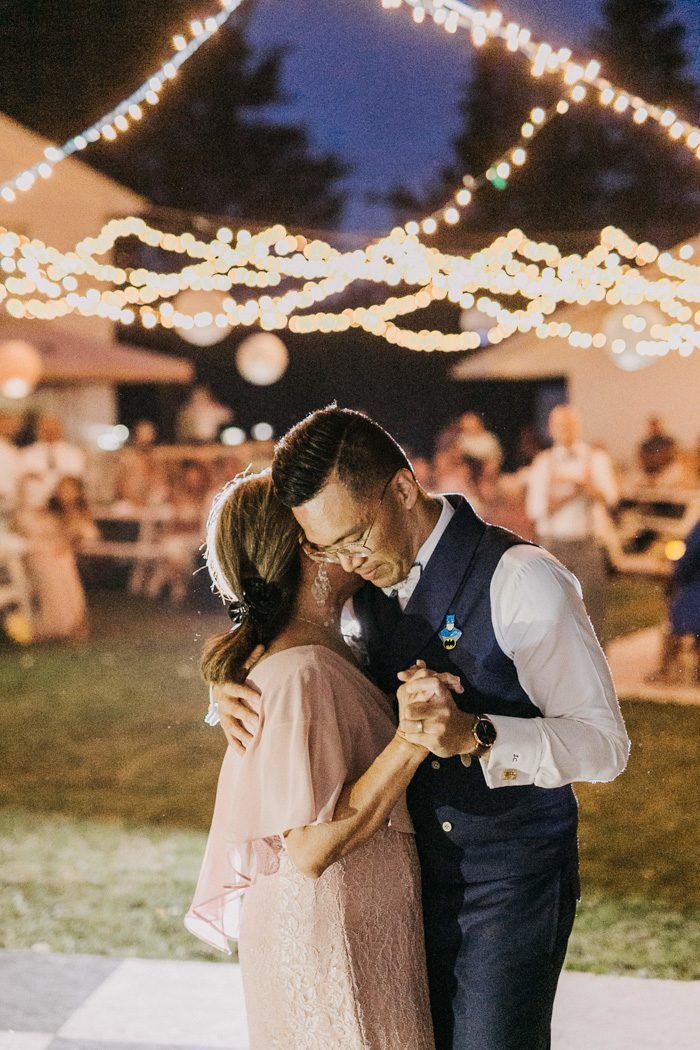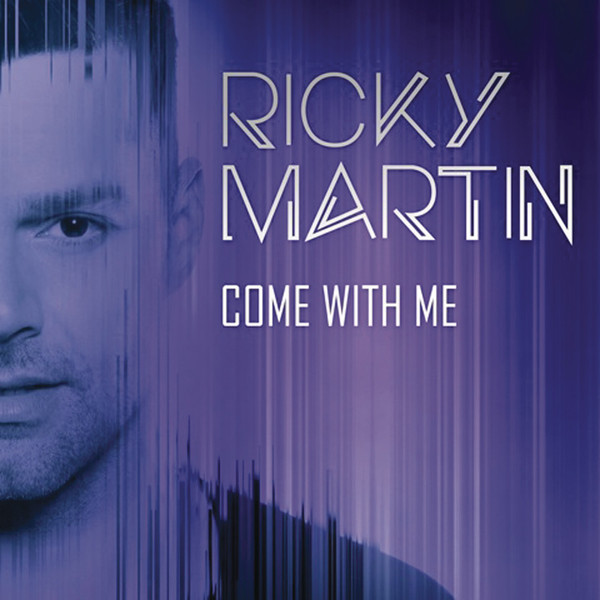Learn how to dance the hustle
Hustle Dance Classes Goodyear - Hustle Dance Lessons Arizona - Hustle Dance Studios AZ
Learn all about the Hustle!
What is the Hustle?
The hustle peaked in popularity in the mid to late 1970s, particularly following the release of the film, Saturday Night Fever. It can be danced with a partner or in a line formation, and a number of variations of each style exist, from the New York Hustle to the California Hustle, i.e., the “Bus Stop.”
History of the Hustle
Unlike many other ballroom dances, the origins of the Hustle aren’t buried in the distant past. Many hustle fans can still remember when the dance first swept the country in the mid to late 1970s following the release of the blockbuster film, Saturday Night Fever.
As with so many other dance crazes, the hustle began in the dance clubs and party scene of New York City. Dancers in the local Latino community created the dance, infusing the salsa with some swing, mambo, and even tango. The popularity of dance competitions, which attracted many of the city’s best dancers, introduced the hustle to the mainstream, and dancers throughout the country began to introduce variations of the original steps. Line and partner versions of the hustle were developed, with Saturday Night Fever depicting several types of each. Disco fever hit its peak in the middle years of the decade, and the hustle became the dance that defined pop culture for the post-sixties generation.
Once the hype that surrounded the film died down in the late 1970s and early 1980s, the hustle lost some of its luster as people began to rediscover other Latin dances. It has since regained some of its appeal, however, particularly with the popularity of the TV series, That ’70s Show, and the trend among many stylish hosts to hold ’70s-themed parties and events.
How to Dance the Hustle/Basic Steps
If you can walk, you can do the basic California Hustle. Line dancing fans will already be familiar with this popular step. It only looks difficult but only because it has so many steps, but it’s very easy. So put on some of your favorite disco records and have a go:
It only looks difficult but only because it has so many steps, but it’s very easy. So put on some of your favorite disco records and have a go:
- Start with your feet in closed position.
- Step back with your right foot.
- Follow with a step back with your left foot.
- Step back again with your right foot.
- Close your left foot to your right foot.
- Step forward with your left foot.
- Step forward with your right foot.
- Step forward with your left foot.
- Close your right foot with your left foot.
- Step to the left with your left foot.
- Step to the left, crossing behind your left foot, with your right foot.
- Step to the left with your left foot.
- Close your right foot to your left foot.
- Step to the right with your right foot.
- Step to the right, crossing behind your right foot, with your left foot.
- Step to the right with your right foot.
- Close your left foot with your right foot.
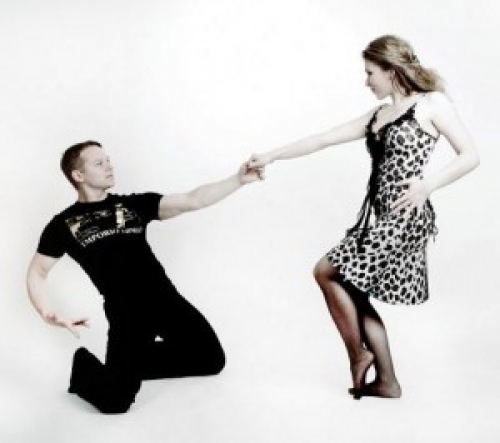
Great Hustle Songs
- “Stayin’ Alive” – the Bee Gees
- “Physical” – Olivia Newton-John
- “Do Ya Think I’m Sexy?” – Rod Stewart
- “Dancing Queen” – ABBA
- “Celebration” – Kool and the Gang
- “Shake Your Booty” – K.C. and the Sunshine Band
The Hustle in the Movies
- “Saturday Night Fever” (1978)
- “Disco Fever” (1978)
- “Stayin’ Alive” (1983)
- “The Last Days of Disco” (1998)
Learn to Dance the Hustle
Arthur Murray, a Goodyear-based dance school, is part of the internationally renowned Arthur Murray Dance Studios system. The Goodyear franchise teaches hundreds of students each year with lessons in the hustle, rumba, salsa, ballroom, swing dance, cha-cha, and others. To schedule your complimentary first dance lesson, fill out our on-site contact form here.
Learn other dance styles!
Learn how to dance the Hustle
Hustle
Dance Style
Club Dance
Description of the Hustle
The Hustle is the partner version of disco dancing. It is a fast moving, energetic dance characterized by its many turns. The lady spins almost constantly while her partner draws her close and sends her away. Hustle is still very popular at West Coast Swing dances and in some Latin clubs.
It is a fast moving, energetic dance characterized by its many turns. The lady spins almost constantly while her partner draws her close and sends her away. Hustle is still very popular at West Coast Swing dances and in some Latin clubs.
It is a fusion of swing and disco, a return to partner dancing, a modified lindy hop and jitterbug, still very popular in crowded dance floors in New York. Music played for the Hustle is modern, based upon rhythm and blues.
Characteristics of the Hustle
Hustle is danced to the contemporary pop dance music of the last 20 years. It is a fast, smooth dance, with the lady spinning almost constantly, while her partner draws her close and sends her away. It is a non-progressive dance and mostly danced in a slot or rotational slot. It is one of the few dances that do not phrase evenly with the music: each basic occupies 3 beats of music, though the music is in 4/4 time.
Hustle Music
Time signature: 4/4
Tempo: 28-30 measures per minute
Timing: &1-2-3,
Beat value: ½ – 1 – 1 – ½
History
The 1960’s rock and roll almost killed ballroom dancing.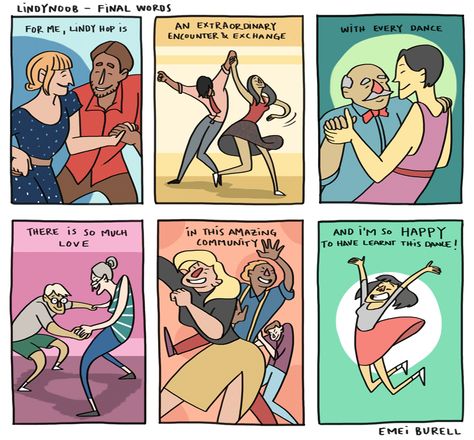 The freedom of dancing without a partner – shaking on your own or just meet hip to hip with a satisfying bump was so much easier than learning how to Ballroom dance. Chubby Checkers’ hit “Let’s twist again” in 1961 started the solo dance craze. Critics of course, called the dance obscene because of its gyrating hip movements. By the mid-1960’s, more than 5000 discos had opened in the United States.
The freedom of dancing without a partner – shaking on your own or just meet hip to hip with a satisfying bump was so much easier than learning how to Ballroom dance. Chubby Checkers’ hit “Let’s twist again” in 1961 started the solo dance craze. Critics of course, called the dance obscene because of its gyrating hip movements. By the mid-1960’s, more than 5000 discos had opened in the United States.
The twist set the stage for other gyrating dances like the Shake, the Hitchhike, the Monkey, the Pony, the Swim and the Funky Broadway. These solo freestyle dances coincided with the beginning of the women’s movement which challenged the idea of a man always leading. But couples dancing did not go underground for very long. It exploded back on the scene with the Hustle which appealed to the young people.
The name ‘Hustle’ was originally a Line dance of the same name. The Hustle is said to have originated in 1970 in New York City’s African-American and Puerto Rican Bars. Its popularity spread with Van McCoy’s recording of “The Hustle” which was on the national charts for 18 weeks. The ‘couples dance’ that was to later steal the name when the movie “Saturday Night Fever ” hit the scene was a mixture of Latin and Swing, mixed to the new modern Disco beat. Popular disco music of the 70’s included Bee Gees “Stayin’ alive”, “Night fever”, “More than a woman”, “Everybody Dance” (Chic) and Donna Summer’s “Love to love you baby”.
Its popularity spread with Van McCoy’s recording of “The Hustle” which was on the national charts for 18 weeks. The ‘couples dance’ that was to later steal the name when the movie “Saturday Night Fever ” hit the scene was a mixture of Latin and Swing, mixed to the new modern Disco beat. Popular disco music of the 70’s included Bee Gees “Stayin’ alive”, “Night fever”, “More than a woman”, “Everybody Dance” (Chic) and Donna Summer’s “Love to love you baby”.
In the 1970’s, a small group of young adults and teenagers formed a subculture in New York City: competing in the many discos dance contests, mostly performing “Rock”. Some of the popular clubs at this time were “The Contiki”, “Footsteps” and “The Red and White” where the best dancers from the boroughs of New York City would gather to dance, compete and exchange information.
In 1973, at “The Grand Ballroom” disco, a new “touch dance”, without a name, was being exhibited by woman. It was a simple 6-count step with a very basic form, including inside and outside single turns.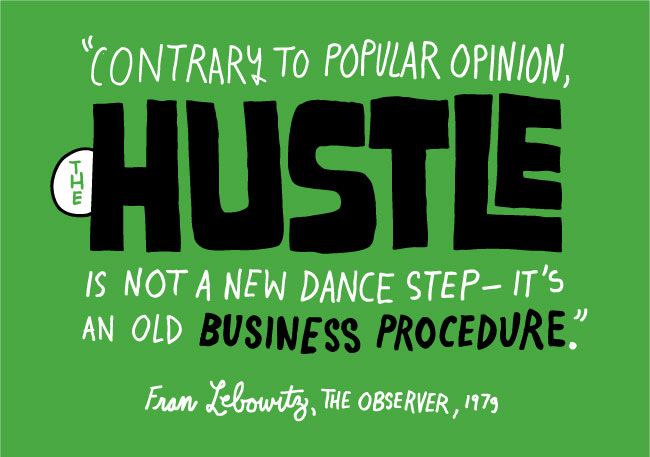 This was the birth of what would later be called Hustle. The young men of the club took notice, and became interested in this new “touch dance” since it was a return to romance and quite simply, a way to meet women! The dance began to gain popularity, and evolved as more and more people began to participate.
This was the birth of what would later be called Hustle. The young men of the club took notice, and became interested in this new “touch dance” since it was a return to romance and quite simply, a way to meet women! The dance began to gain popularity, and evolved as more and more people began to participate.
In the Latin discos at that time, including “The Corso”, “Barney Goo Goo’s” and “The Ipanema”, disco music was used as a bridge between live band sets. In these clubs, couples dancing had always been present in the form of Mambo, Salsa, Cha Cha and Bolero. As a result of this fusion, the simple 6-count dance began to incorporate the “ball change” action of the Mambo. The count of the dance now became 1-2-3 & 4-5-6 and was now performed mostly side-by-side and incorporated a lot of the intricate turn patterns of the Mambo. The dance began to include multiple turns and hand changes with a ropey feel to the arm movements. Thus the danced was now referred to as “Rope Hustle” or “Latin Hustle”.
Although the main hub and innovation center continued to be New York City, in 1974 to 1975, the Hustle became more popular and spread across the United States. Dance contests began to pop up in every city. At the same time, the gay community began to exert its influence on the dance. Many of its members who danced the Hustle were in the performing arts community. They added long balletic arms and elasticity to the movement. At this time, the dance also began to move from a slotted pattern into a rotational one.
With the many dance contests, the young competitors seeking an edge introduced acrobatic and adagio movements. A whole new field of entertainment was introduced, and nightclubs, hotels and television began to hire these young and innovative professionals to perform around 1975. The young dancers continued to seek out new ways to excite the club audiences so the dance became faster and more exciting, and the original 1-2-3 of the dance was dropped and just the &4-5-6 of the count was used in order to move quickly into and out of the tricks that were so popular in the contests.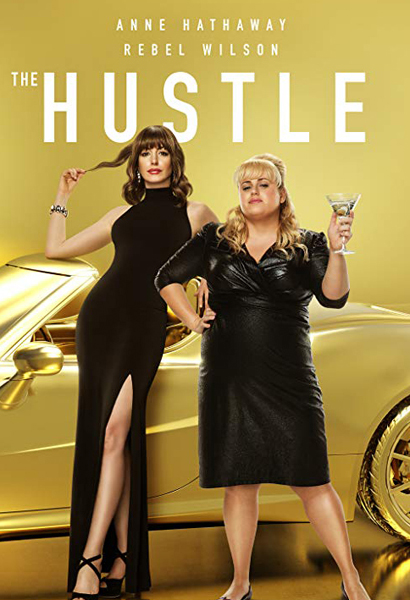 So “&4-5-6” became “&1-2-3”. This was the birth of Hustle as it is counted today.
So “&4-5-6” became “&1-2-3”. This was the birth of Hustle as it is counted today.
Throughout the late 1970’s, even though Hustle was still taught in many different forms (4-count Hustle, the old Latin Hustle or Rope Hustle) by dance studios, the most exciting form was done by the club dancers and competitors of New York City who performed the 3-count Hustle (“&1-2-3”). Throughout the late 1970’s and 1980’s, Hustle began to incorporate other dance styles such as Smooth Ballroom (traveling movements and pivots), Swing, and the Latin rhythm dances. The dance continues to evolve, but it has never lost its basic count since the mid-1970’s of “&1-2-3”. The Hustle is the last American partner dance born and cultivated in the United States.
Hustle
Tumblr
Copy Link
Link Copied
Now Playing
Hustle The Hesitation
00:09
Play Video
Now Playing
Hustle The Wheel
00:12
Play Video
Now Playing
Hustle Link to throwout
00:12
Play Video
Phone
(02) 8872 1223
Opening Hours
Monday to Friday: 2pm - 10pm
Saturday: 9am - 6pm
Sunday: Closed
Studio Location
15/9 Salisbury Rd, Castle Hill NSW 2154, Australia
Hustle dance - how to learn how to dance hustle, video lessons
Hustle is a disco or Latin dance style for a couple.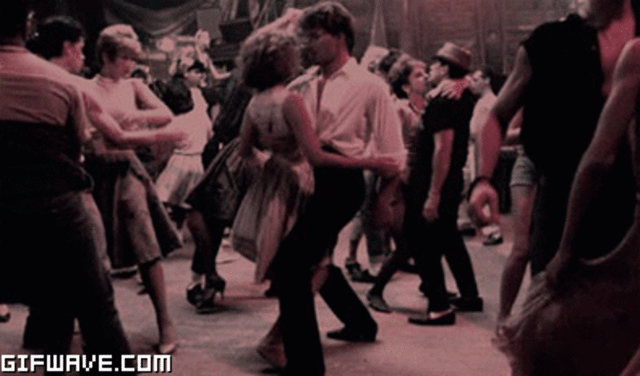 It is danced not only to Latin American rhythms, but also to music of any direction. First of all, it is club music, chanson and finally even hard rock.
It is danced not only to Latin American rhythms, but also to music of any direction. First of all, it is club music, chanson and finally even hard rock.
The name of the dance comes from the polysemantic English word "hustle", which can be translated as "energy", "hustle", "hustle" or as a verb - "to act quickly and energetically". In principle, these basic meanings fully reflect the essence of dynamic dance.
This is a very comfortable dance for any appropriate event. You can also dance with an unfamiliar partner; no special skill is required here. A distinctive feature of the style is improvisation.
There is also a type of sports hustle, competitions are held on it. This is where special training, a well-coordinated tandem of partners and physical endurance are already required. There is a minimum of improvisation, well-established ligaments and dance patterns are demonstrated. Of course, the sporty look is not for everyone. And the usual version of the hustle can be danced by everyone - both young and adults.
Hustle in Russia
There are several versions of this dance. The common thing is that it is based on Latin movements, and the music was originally in the disco style. Back then, disco was a super-popular fashion style, and the dancing fit in with it. The hustle itself appeared in America, perhaps back in the late 60s - early 70s. He changed, adapted to different musical styles and directions.
The hustle came to the USSR in the early or late 80s, while it was danced everywhere, in our country it was known only to a narrow circle of amateurs. He gained his current popularity in Russia much later, only in the 2000s. Now there are many hustle discos, dance schools and groups where you can learn it.
According to the choreographers, this is the best way to start dancing in adulthood. Even for those who have never danced before. Mastering the one-two-three-four rhythm is much easier than other styles. The music also helps in this - the hustle is usually danced to the well-known pop music.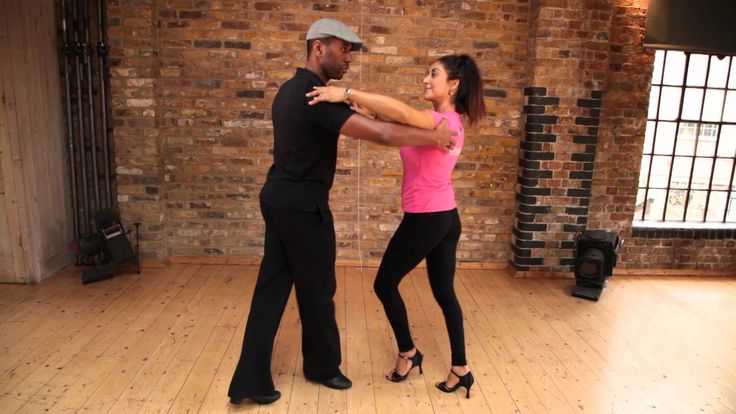
How to dance Hustle
This is a modern, improvisational direction of club couple dances. The pace, rhythm and dynamics are set by the partner. Partner follows him. Having learned a few simple movements, you can combine them and create your own, unique hustle dance. The pair option will help you learn to understand your partner - a man will be able to lead his partner correctly, and a woman will be able to follow her partner.
Dance is ideal for active leisure of energetic people. It helps to listen to music, rhythm and coordinate your movements with them. Develops flexibility, plasticity and strengthens the vestibular apparatus. Hustle does not require special physical training and there is no age limit.
Video performance at an open lesson
How to learn to dance the hustle
This dance is quite easy to learn.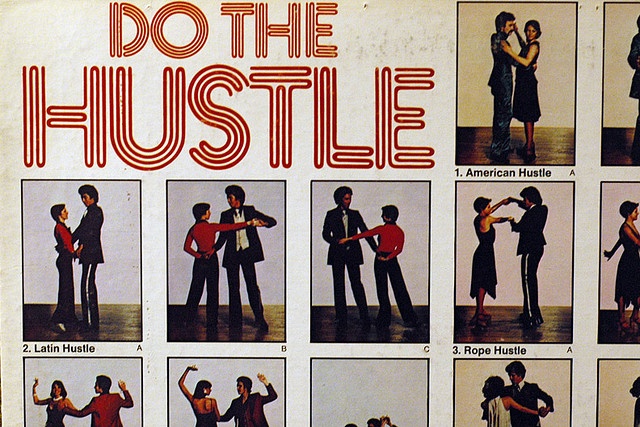 If a person is not going to take part in competitions, then you can learn basic movements in 2-4 months. Hustle dance is usually taught in courses of 2-2.5 months. There are groups for beginners and separately for continuing.
If a person is not going to take part in competitions, then you can learn basic movements in 2-4 months. Hustle dance is usually taught in courses of 2-2.5 months. There are groups for beginners and separately for continuing.
The main thing in hustle dancing is the ability to feel the partner. And the ability to improvise to music.
Here is a good, detailed instructional video that explains the dance from the very beginning. Especially useful for those who are not particularly good at dancing.
The next three videos are an analysis of some of the individual elements of the hustle. Maybe these are not really lessons from scratch, but they are for beginners. For those who have already started to study and understand what is at stake.
Pair dances from scratch.
Video lesson №1
Video lesson №2
Video lesson №3
But first of all, those who already know how to dance a little can learn from the video. Or people who are naturally very capable. On the contrary, for those who do not grasp on the fly, it is better to start attending classes with a teacher, individually or in a group.
The group motivates for regular classes, and the teacher can always point out mistakes and help correct them. And you can watch the video already at home, to consolidate the material covered.
And you can watch the video already at home, to consolidate the material covered.
Hustle pair dance - what is it?
Where did the hustle dance come from? What are its main features? How to learn to dance hustle? Read about it in the article.
If you try to give a complete definition in one sentence, then hustle is a popular modern paired social improvisational disco dance . Ufff... Now let's try to understand in more detail.
- Popular...? And I didn't hear anything.
So you're stuck in yesterday! Today couple dances, and the hustle dance in particular, are becoming more and more popular. Thousands of people dance hustle in Moscow alone. Hustle discos are held every day (list of popular Moscow hustle discos). The number of studios where hustle is taught is in the dozens. The regions do not lag behind: in most large cities, the hustle pair dance is also danced.
- Hmm. .. modern? I saw a hustle in an old John Travolta movie.
.. modern? I saw a hustle in an old John Travolta movie.
In fact, the hustle dance originated in America in the 70s and 80s in the Disco era. But from the moment of its appearance to the present day, the dance continues to develop actively, spreading all over the world. Hustle came to us in Russia by the end of the 80s, but it gained great popularity only in the last few years. It is interesting that in Russia the hustle is developing in its own way. If the American version of the hustle still retains the authenticity of the disco era, then in Russia it keeps up with the times: in discos, mostly modern music sounds (R'n'B, europop, disco-house ... but DJs do not forget about classic hits), and the dance itself constantly borrows interesting movements from other modern trends (modern jazz, club dances, salsa and others). In general, in Russia, the hustle does not stand still, but moves forward all the time. This is not surprising, since the majority of hustle dancers are energetic young people from 18 to 35 years old and adult dancers who appreciate outdoor activities.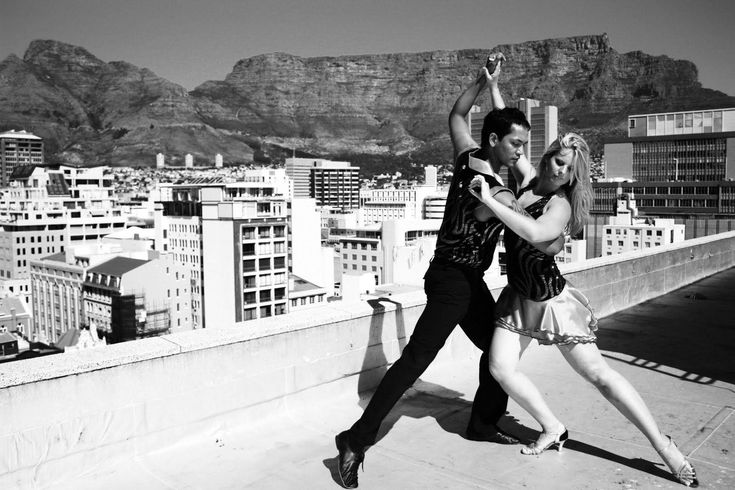
- Double…? And what's good about that?
If the main meaning of any solo dance is self-expression and an outburst of energy, pair dances are, first of all, a form of communication between a man and a woman. For centuries, dance has been an essential element of courtship - and for good reason. Indeed, in dance, as in life, a man must be able to confidently lead his partner, ensuring safety and comfort, but at the same time sufficient freedom for her self-expression. The partner, in turn, must sensitively follow the lead of the partner, decorating the dance. Pair dance teaches, first of all, mutual understanding.
- Yes, doubles are great. Too bad I don't have a partner.
Hustle is a social couple dance. In other words, it is a dance created for communication. Starting to engage in hustle, you are sure to find many new acquaintances and friends who are close to you in spirit. And it is not at all necessary to come to classes and discos with your partner or partner. Even in hustle competitions there is a special nomination, "jack-n-jill", which involves the exchange of partners after each round. If you decide to look for a permanent partner to attend classes, discos or competitive performances, then we advise you to read our tips for finding a dance partner / partner.
Even in hustle competitions there is a special nomination, "jack-n-jill", which involves the exchange of partners after each round. If you decide to look for a permanent partner to attend classes, discos or competitive performances, then we advise you to read our tips for finding a dance partner / partner.
- How is it improvised?
Initially, hustle does not involve the performance of long previously memorized sequences and patterns. Of course, you can’t do without them in a demonstration or competitive performance, but it’s much more interesting to dance at a disco, following the music.
- So you can only dance hustle at special discos?
Hustle discos are great: a large number of people who share a common love of dancing, good music and a comfortable dance floor. But, unlike smoking, you can dance not only in “specially designated places”, but wherever you want it and where the music sounds: in a cafe, at a party, in an outdoor park, or even at home.
